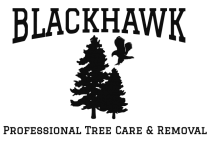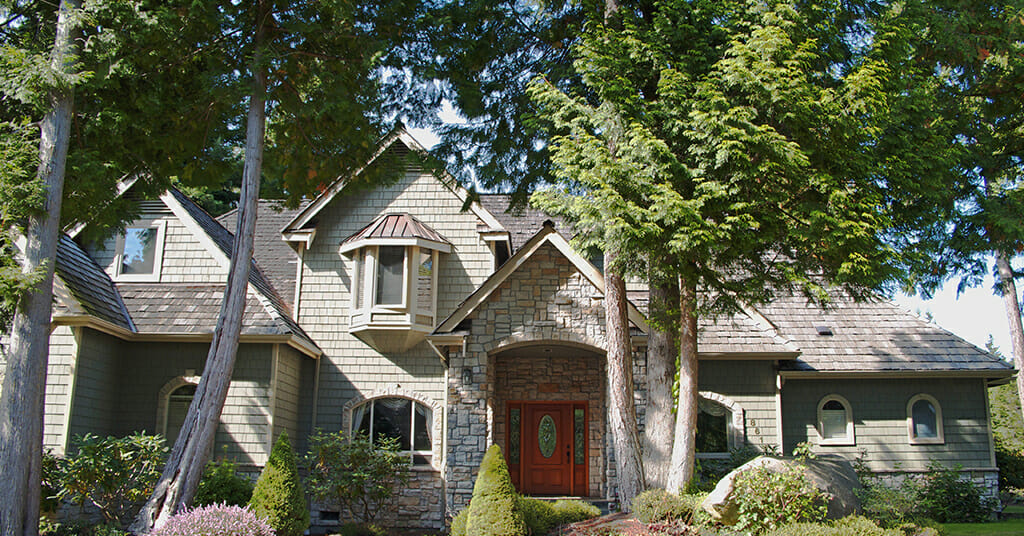Not properly pruning or caring for your trees are mistakes that can potentially cause a lifetime of damage. Pruning encourages tree health by getting rid of dead branches and allowing for new healthy growth, but that doesn’t mean all trimming techniques work the same. But you can still easily over-prune or trim in the wrong season, therefore ruining your tree’s health and potentially putting yourself in the position of needing to get it removed. Here are some don’ts when it comes to proper tree maintenance.
Don’t Prune Just to Prune
Have a reason for your trimming. If you don’t see any dead branches or dangerous overgrowth, don’t cut anything just for the sake of cutting. It’s one thing if trees are beginning to encroach on your home or power lines, it’s another to get bored and bring out the loppers. If your tree isn’t showing any signs of poor health, pruning when not necessary inhibits healthy regrowth.
Don’t Prune at the Height of Bloom
Pruning at the height of growth only slows down your growth. You’ll want to trim in the winter, just before spring, when your trees are dormant. This sets them up for beautiful growth by the time spring rolls around. Alternatively, you can prune after a bloom when the colors have faded.
Don’t Prune More Than 25%
It’s called trimming for a reason. You don’t ask your barber for a trim and then shave your head. You don’t prune your tree and cut it off at the roots. Pruning too much of your tree leaves it vulnerable to damage and disease, while just a quarter is enough to take care of any deadness while encouraging growth.
Don’t Prune a Newly Planted Tree Too Early
A tree should’ve already experienced a blossom before you ever try to trim it. It needs to become adjusted to the soil and settle properly to ensure optimum health. Like any living thing, you don’t want to make a mistake during the growing stages that could potentially inhibit normal growth.
Don’t Use Wound Paint
Treating a pruned tree with wound paint only prevents it from forming its own defense of calloused wood, therefore making the tree weaker and more susceptible to disease. Wound paint can also attract organisms that could carry disease while also interfering with the natural recovery process a tree needs to maintain health.
Other examples of improper pruning include topping, where all the branches are completely severed off, leaving unsightly and unhealthy stubs; lion tailing, where the leaves are trimmed all the way up the branch save for the very tip; and over-topping, where all interior branches are cut off except for the very top of the tree, inhibiting some of its ability in absorbing food source as well as building up disease defense.
Properly trimming your tree is too valuable to risk messing up. That’s why you should trust the experts of Blackhawk Tree Services, serving the greater Raleigh, NC area. Contact Blackhawk today to set up an appointment.

